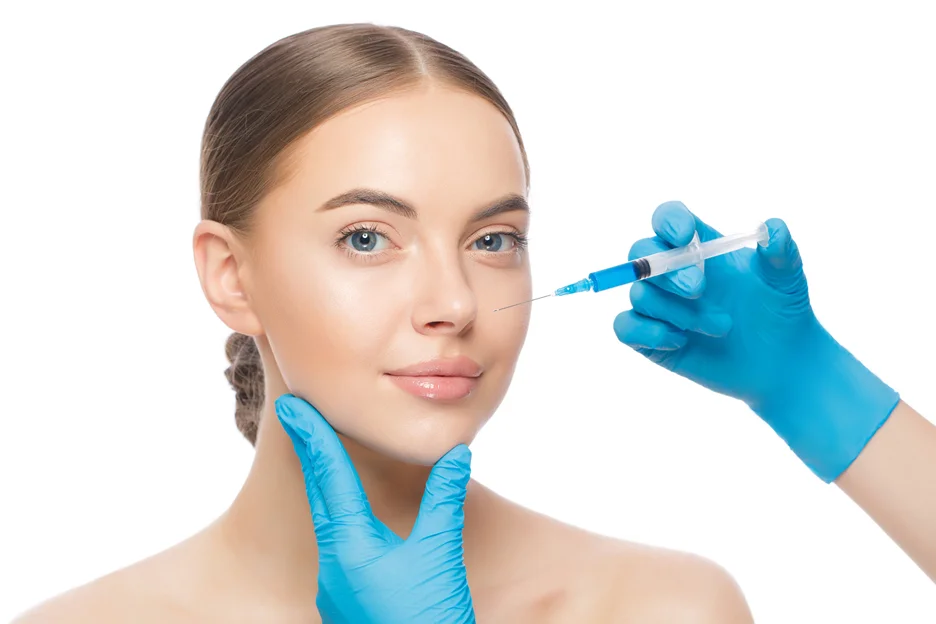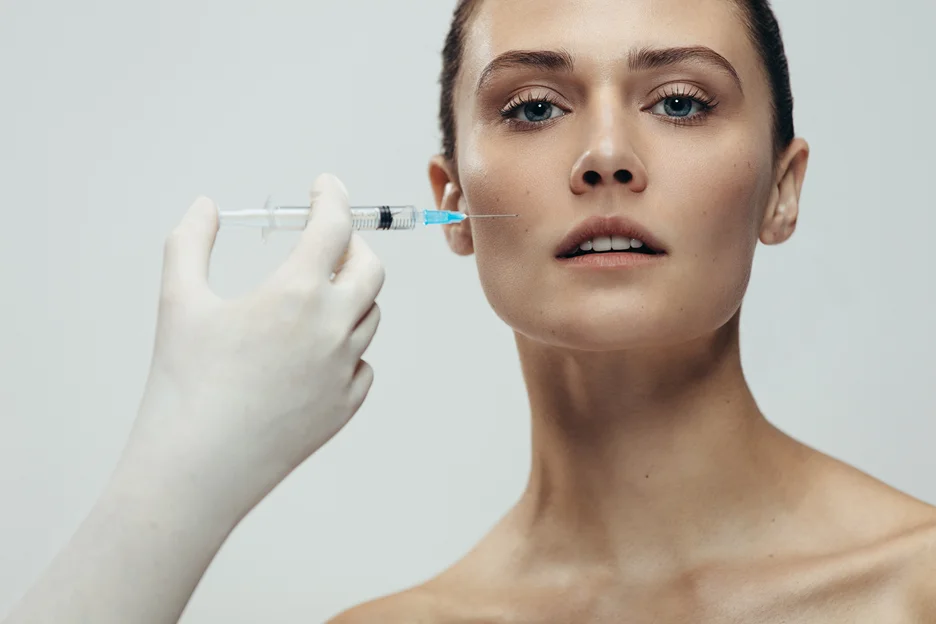Find out how leveraging the benefits of cheek implants and dermal fillers can help you achieve your ideal facial contours.
Yes, it is possible and generally safe to get dermal fillers around cheek implants to further enhance and refine your results. Fillers can be strategically injected to fine-tune the contours and add volume in specific areas around the perimeter of the implants.
Considering enhancing your cheeks with both implants and fillers?
The good news is that you can combine these two powerful techniques for comprehensive facial rejuvenation. Cheek implants provide a long-lasting foundation of projection, while dermal fillers offer temporary volume that can refine and perfect your results.
Implants create a permanent structural base for your cheeks, giving you enhanced contours that remain stable over time. Fillers, on the other hand, allow you to add volume and smoothness on top of the implants.
Timing is important when combining implants and fillers. Your implants will need time to settle and heal before injecting any fillers. Most experts recommend waiting at least several months after your implant surgery before having filler treatments.

Combining fillers with cheek implants offers several benefits for achieving optimal facial enhancement:
The combination of solid cheek implants for permanent augmentation and dermal fillers for refinement provides a powerful approach for comprehensive, customized cheek enhancement.
This dual technique empowers you and your provider to fine-tune your results and achieve the most aesthetically pleasing outcome possible.
Most cosmetic surgeons recommend waiting at least 6-12 weeks after getting cheek implants before injecting fillers around them. This allows the initial swelling to fully subside so your injector can accurately assess the implant results.
Some may even advise waiting longer, like 4-6 months, to ensure you've completely healed. Injecting too soon increases risks like product migration or irregularities.
For use around cheek implants, hyaluronic acid-based fillers like Restylane or Juvederm tend to be the safest options. Since they're temporary and reversible, this lowers the risk of complications compared to permanent fillers.
More structural fillers like Radiesse may be recommended if you're looking to build even more projection on top of your implants.
The amount of filler needed varies depending on your existing implant projection and desired final look. In general, most patients require 1-2 syringes per cheek for smoothing, lifting, and augmenting volume over the implant area.
Your injector will use a layering technique, applying the filler gradually to blend and sculpt it perfectly over your implants.
As with any cosmetic procedure, there are some risks and considerations to keep in mind when combining cheek implants and fillers:
Your provider will discuss all the relevant safety information and help you make an informed decision about your treatment plan.

Several key factors influence the safety and outcomes of using dermal fillers with cheek implants:
The expertise of your provider is paramount for achieving safe and optimal results. Proper filler placement in the correct tissue plane and depth is crucial.
The type and amount of filler used should be carefully chosen based on your specific goals and facial structure.
Individual factors like skin thickness, implant size and position, and overall healing response can impact the final outcome.
Closely following your provider's instructions for recovery and aftercare helps minimize risks and promote the best possible results.
Cheek implants and fillers can indeed be a powerful combination for creating your ideal cheek contours.
With the right injector and combined approach, you can achieve chiseled, striking cheek definition that looks completely natural. Cheek implants create that underlying structure, while fillers elevate the final result to red carpet perfection.

New Patients Enjoy $100 OFF on Tox or Filler Appointments!
*minimum 1 full syringe or minimum 25 units; Cannot be combined
